Top 5 NASA James Webb Space Telescope breakthroughs that will blow your mind
The year 2022 was a mesmerizing one for space exploration. Check out the top 5 discoveries by the NASA James Webb Space Telescope which awed the world.
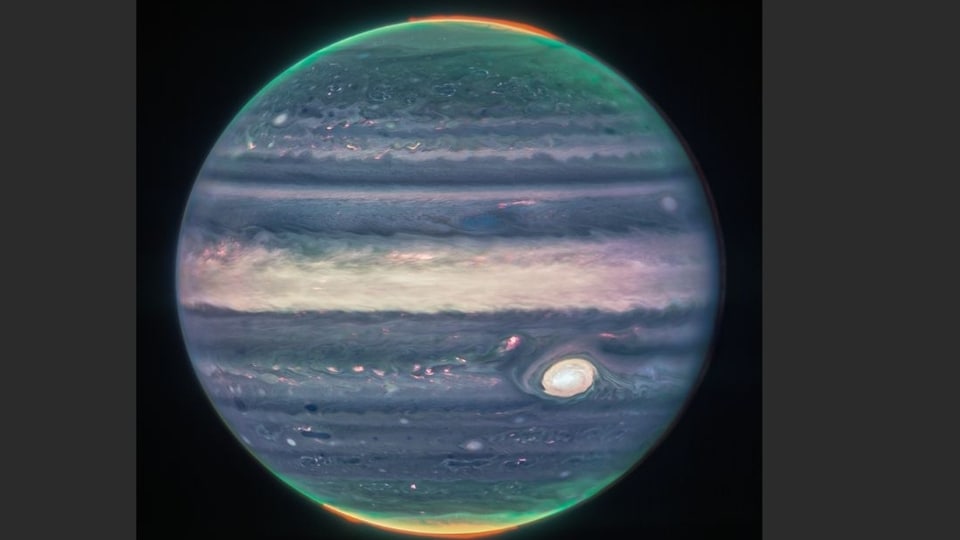
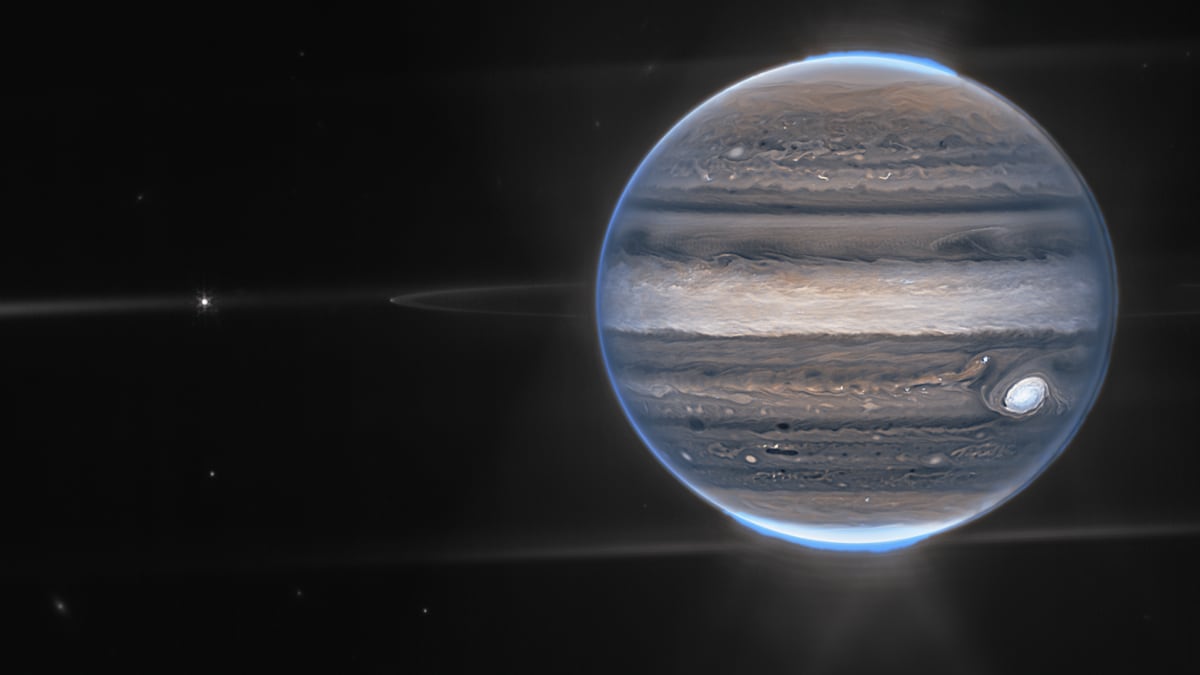
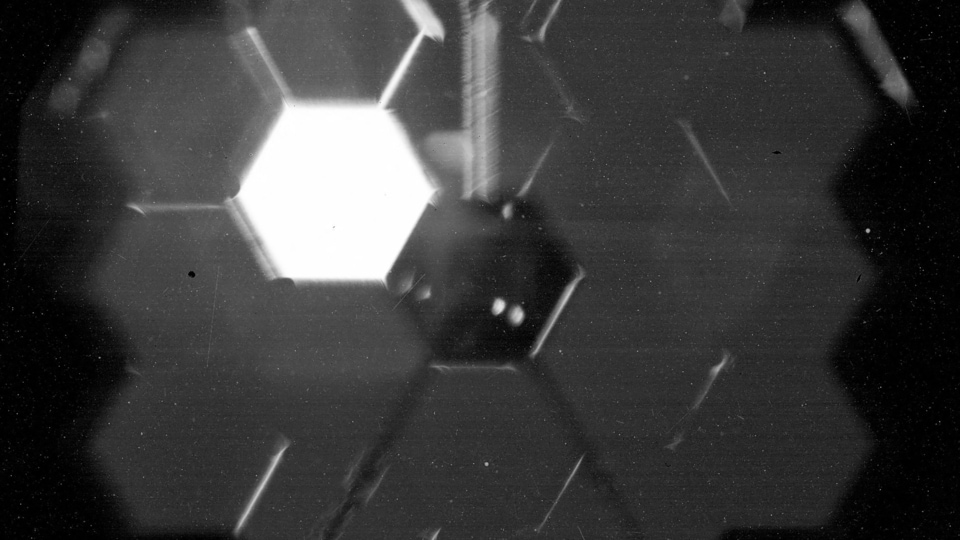
_1661230453587.jpg)
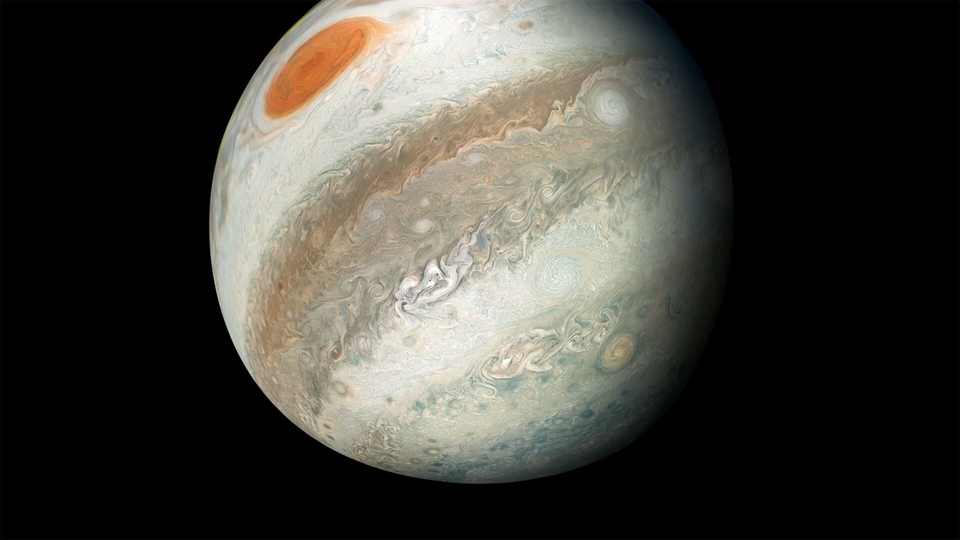
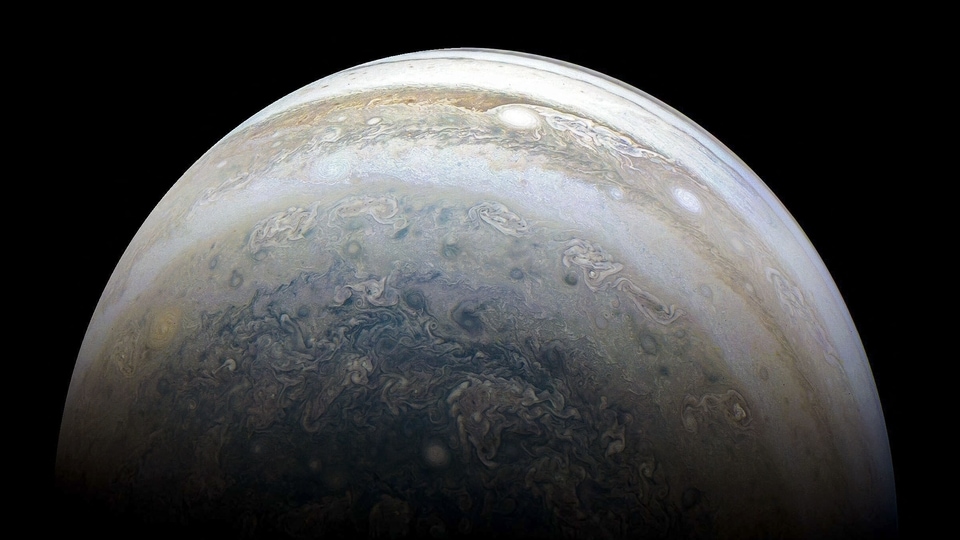
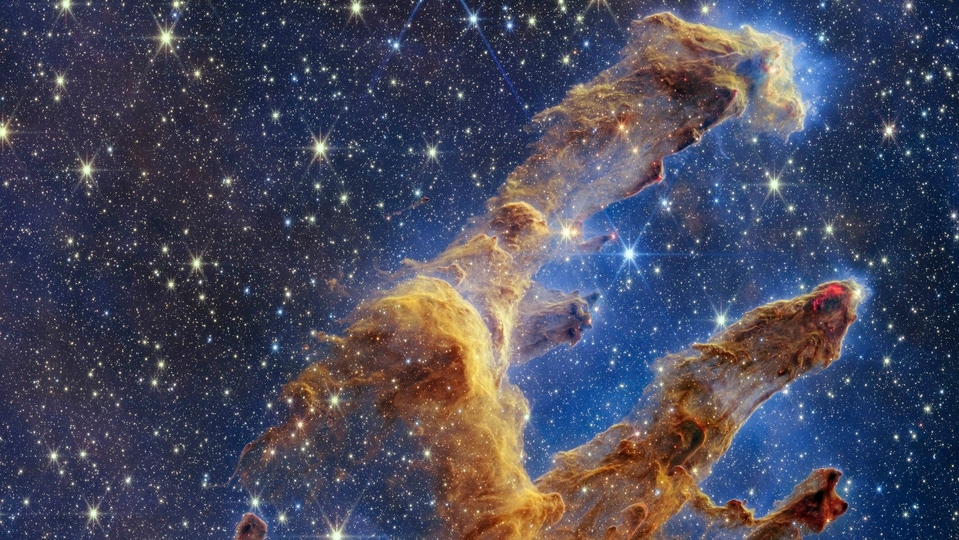
 View all Images
View all ImagesThe space exploration enthusiasts around the world have been brimming with excitement ever since the moment the NASA James Webb Space Telescope was first launched in 2021. And after it was placed into its orbit and began peering into space, it did not disappoint. NASA's new eyes in space captured breathtaking images of celestial bodies both known and unknown. And just after half a year of hard work, it has shown us enough glances into space that will inspire years of research in astronomy. Read on to know about the top 5 JWST discoveries that shocked the world in 2022.
Stars born in the Pillars of Creation
We all knew about the Pillars of Creation, the elephant trunks of interstellar gas and dust in the Eagle Nebula due to the Hubble Telescope. But when the James Webb Space Telescope captured an image of it through its infrared imaging, scientists were able to spot a high number of protostars. A protostar is a very young star that is still gathering mass from its parent molecular cloud and not yet burning hydrogen. This was a big revelation as the site was previously assumed to be a site for star birth but it could never be proven earlier.
The first direct image of an exoplanet
Scientists have been able to take a few direct images of exoplanets throughout the decades, but it is an enormously difficult task. While stars illuminate, thus making capturing their image easy, exoplanets are normally seen as dip in the light of their star. However, NASA JWST was able to capture the direct image of a planet, HIP 65426 b, without a fuss. This is being considered a transformative moment as this can lead to us taking a look at more exoplanets in space.
A rare glance at a Wolf-Rayet star
The Webb telescope took a strange image of a star in July which was surrounded by a boxy ripple-like effect of concentric circles. This was a Wolf-Rayet star named WR 140. These stars are at the late stage of their life. These ring-like patterns are created due to an interaction with a companion star which has focused space dust in that shape due to the effect of gravity. To see such a star is an incredibly rare event and it has already inspired multiple studies.
Observing the most distant galaxy ever
NASA James Webb Space Telescope was also credited with discovering the farthest galaxy we have ever known in mid-December when it discovered GN-z11. No other human made telescope was able to see so far into space. Due to the light taking such a long time to reach us, it was also the oldest galaxy we have ever seen. Analysis has revealed that the image of the galaxy was taken just 350 million years after the Big Bang event.
Examining an exoplanet's atmosphere
When the Webb telescope took a look at WASP-39b in the Virgo constellation, placed around 700 lightyears away from the Earth, it was able to confirm the presence of carbon dioxide in its atmosphere. This is the first time when scientists have been able to know the gas present in an exoplanet.
Catch all the Latest Tech News, Mobile News, Laptop News, Gaming news, Wearables News , How To News, also keep up with us on Whatsapp channel,Twitter, Facebook, Google News, and Instagram. For our latest videos, subscribe to our YouTube channel.































